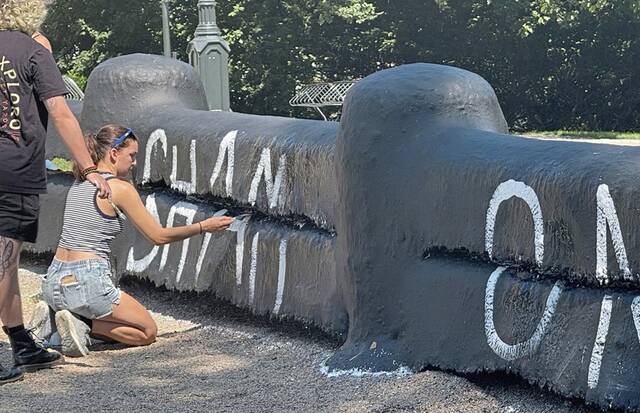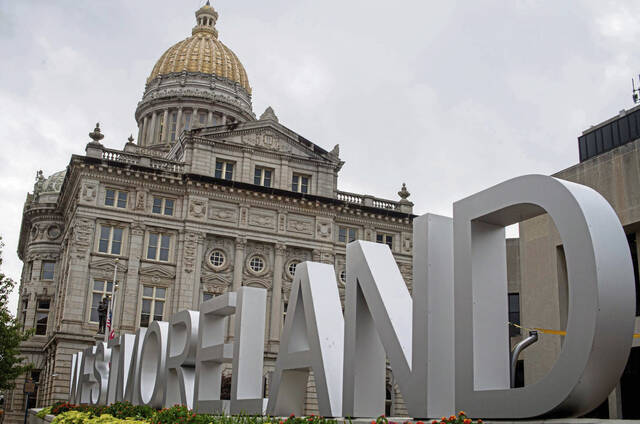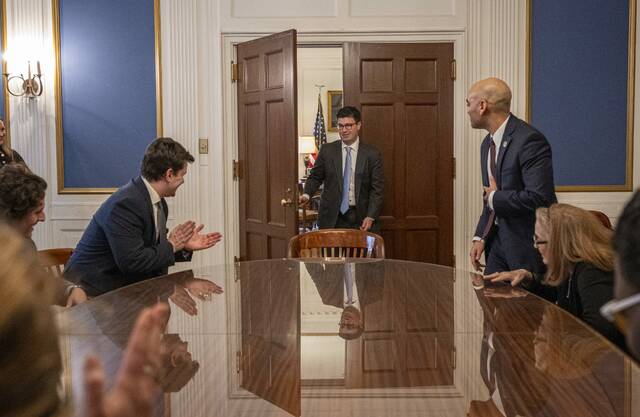Protesting on college campuses is a rite of passage — part of the process of growing up and learning.
It is universal. Student protests happened in medieval France, in the streets of China in the 1980s and in South Africa against apartheid in the 1970s.
It is all over the political spectrum. In America, we may associate it with the left. That isn’t the only truth. In Poland, anti-communist protests in the 1980s often involved students. The Tehran University was a catalyst for the Iranian revolution in the 1970s.
Campuses today live up to the legacy. In recent years, we have seen student protests on both sides of almost every issue: abortion, health care, environment, climate, war and social issues.
At Carnegie Mellon University, one method of protest has been both quiet and concrete. Literally, it’s concrete and pressure-treated lumber. It is The Fence.
More than 100 years old, The Fence is a long, low divider that has been painted over and over with the positions of generations of students.
It has seen flowers and messages of love. It has sported esoteric thoughts like “the overmotivated ape never gets the banana.” It marked Nixon’s resignation and featured John Lennon’s “Imagine” lyrics. It is mounded with so much paint, it is barely recognizable as the simple wood structure it was at the start.
On Tuesday, students painted it in protest of President Donald Trump’s attendance at the Pennsylvania Energy and Innovation Summit on campus. In a rare move, the university painted it black. The students painted it again. The university painted it white.
“We obviously had very little time this morning to make a decision, and that’s the decision (President Farnam Jahanian) made,” said CMU Dean of Students Gina Casalegno.
The American Civil Liberties Union is not getting involved because, as they note, there is no First Amendment issue.
That’s true. Carnegie Mellon is a private university. It is not obligated to allow students to continue to engage in this silent, almost polite protest.
But that doesn’t stop it from being a sad commentary on the state of thought and expression.
Students have been able to voice their feelings about the Vietnam War and the Sept. 11, 2001, terrorist attacks. They have painted The Fence with messages about race and rights. They used it to work through their thoughts about the pandemic and the invasion of Ukraine.
And while it may seem partisan that university leadership shut down a protest against Trump, it is telling of the spirit of The Fence that the silencing of it as a venue of expression is being decried by left and right alike.
“The decision to censor made by the administration is an uncharacteristic and deeply concerning (breach) of commitment, as well as the trust it has fostered,” said a statement from CMU College Republicans President Anthony Cacciato.
The Fence is off limits to painted messages for the time being as the university considers how to proceed.








